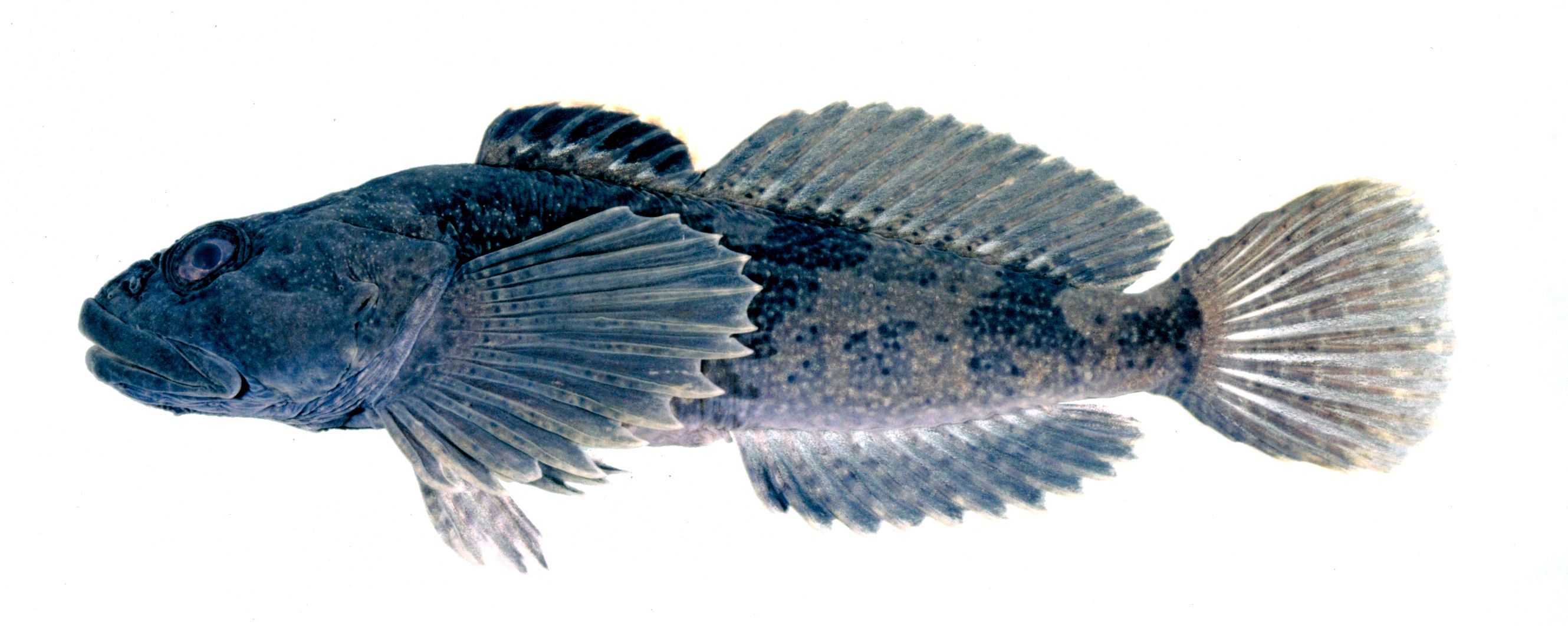Buffalo Sculpin

Species Details
Enophrys Bison
Cottidae
Scorpaeniformes
Inshore, Rocky Bottom, Reef
1 - 2 lbs.
10" - 15"
Buffalo Sculpin (Enorphrys bison) Fish Description
The Buffalo Sculpin is not something one would want to catch. Unfortunately, some anglers consider this fish as ‘ugly’ because of its mottled body with some blotched shades of red, grey, brown, and green.
But this saltwater fish has fantastic camouflaging ability. This makes them a beauty when underwater because it changes its color to blend its surroundings, especially the male Buffalo Sculpin, who protects the eggs underwater. It is indeed a sight to see!
Its dorsal fins are separated and are full of spines, and its fins are banded. This particular specie can be distinguished among other Sculpins because of its broad head with steep snout, its mouth extends up to the middle of the eye, it has a long yet smooth spine from the upper cheek to its smaller spine below its body, and a line on the back along with its raised scales.
Diet and Size
It feeds on algae and crustaceans such as crabs, mussels, and shrimps. It also occasionally feeds on amphipods and smaller fishes.
A Buffalo Sculpin is not that big. It is usually 10 to 12 inches long and can grow up to 14.6 inches only.
Interesting Facts About Buffalo Sculpin
- A Buffalo Sculpin will stay still and camouflage with its surroundings when it feels threatened or disturbed.
- Sculpins are territorial and solitary in nature. Each sculpin creates and occupies its own tidal pool.
- It is considered a dangerous fish because of its poisonous spines.
- When you try to hold it, you can feel it give off a low hum.
- A Buffalo Sculpin’s German name is büffelgroppe while its Polish name is glowacz bizonik in Poland.
Habitat and Distribution
The Buffalo Sculpin inhabits the sandy or inshore rocky areas, mostly in waters 65 ft. deep. Some dwell in waters as deep as 743 ft. It can be found mainly in the Eastern Pacific Ocean. It occurs from Kodiak Island in Alaska to Monterey Bay, California.
Some anglers find them in shallow areas of bays or oceanfronts.
Fishing Techniques: How to Catch a Buffalo Sculpin
The Buffalo Sculpin is not the type of fish that anglers want to catch specifically. Aside from its poisonous spines, it is also considered ‘ugly.’ However, this fish will take on about any bait. The most common bait they hit are squids, shrimps, and pile worms. The record holder for Buffalo Sculpin used (branded) sandworms as bait.
If you want to catch one, you can go bottom fishing using a light to medium tackle. Other anglers caught some of them inshore by hand fishing or drift fishing but usually just as by-catch.
It is also an unpopular fish to catch because its meat tends to be bland. So, unless you know how to work around cooking this kind of meat and its blandness, it might be worth the shot. If you indeed catch one, anglers suggest that you remove its spines first before removing it from the hook.
If you get stung by its spines, you can apply ice to dissipate the pain, but it will naturally take up to an entire day until it is completely gone.






